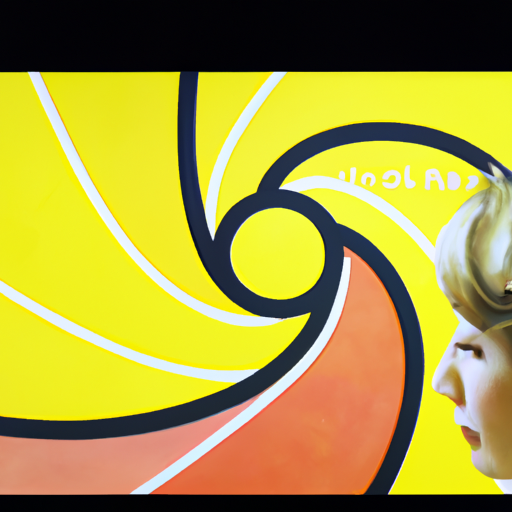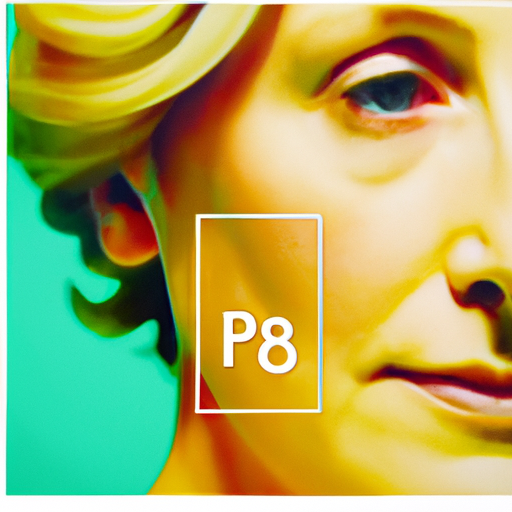
-
Table of Contents
The Golden Ratio: Design’s Harmonious Partner

Design is an art form that aims to create visually appealing and harmonious compositions. One of the key principles that designers often rely on is the Golden Ratio. This mathematical concept has been used for centuries in various fields, including art, architecture, and design. In this article, we will explore the Golden Ratio, its significance in design, and how it can be applied to create aesthetically pleasing and balanced designs.
Understanding the Golden Ratio
The Golden Ratio, often represented by the Greek letter phi (Φ), is a mathematical ratio of approximately 1.6180339887. It is derived from the Fibonacci sequence, a series of numbers in which each number is the sum of the two preceding ones (0, 1, 1, 2, 3, 5, 8, 13, 21, and so on).
The Golden Ratio is found by dividing a line into two parts in such a way that the ratio of the whole line to the longer segment is equal to the ratio of the longer segment to the shorter segment. This ratio is believed to be aesthetically pleasing to the human eye and is often associated with beauty, balance, and harmony.
The Golden Ratio in Design
The Golden Ratio has been used in design for centuries, from ancient Greek architecture to modern graphic design. It is believed to create a sense of balance and harmony in visual compositions. By applying the Golden Ratio, designers can create aesthetically pleasing designs that are visually appealing and engaging.
Layout and Composition
One of the most common applications of the Golden Ratio in design is in layout and composition. Designers often use the Golden Ratio to determine the proportions and placement of elements within a design. By dividing the canvas or layout using the Golden Ratio, designers can create a visually balanced composition that is pleasing to the eye.
For example, in web design, the Golden Ratio can be used to determine the width and height of different sections on a webpage. By applying the Golden Ratio, designers can create a layout that is visually appealing and guides the user’s attention to important elements.
Typography
The Golden Ratio can also be applied to typography to create visually balanced and harmonious text layouts. By using the Golden Ratio, designers can determine the ideal line length, font size, and spacing between lines and paragraphs.
For instance, the width of a text column can be determined by applying the Golden Ratio to the overall width of the page. This helps create a balanced and readable text layout that is visually pleasing to the reader.
Logo Design
The Golden Ratio is often used in logo design to create visually appealing and memorable logos. By applying the Golden Ratio, designers can determine the proportions and placement of different elements within a logo.
For example, the Apple logo is often cited as an example of the Golden Ratio in logo design. The circular shape of the apple is divided by the Golden Ratio, creating a visually balanced and harmonious logo.
Case Studies and Examples
Several case studies and examples demonstrate the effectiveness of the Golden Ratio in design. Let’s explore a few notable examples:
The Parthenon
The Parthenon, an ancient Greek temple dedicated to the goddess Athena, is often regarded as a masterpiece of architecture. Its proportions are believed to be based on the Golden Ratio, resulting in a visually harmonious and balanced structure.
The Mona Lisa
Leonardo da Vinci’s Mona Lisa is one of the most famous paintings in the world. It is believed that da Vinci used the Golden Ratio in the composition of the painting, particularly in the placement of the figure and the background landscape.
The Twitter Logo
The Twitter logo is another example of the Golden Ratio in design. The logo’s proportions, including the placement of the bird and the circular shape, are based on the Golden Ratio. This helps create a visually balanced and memorable logo.
Benefits of Using the Golden Ratio in Design
Using the Golden Ratio in design offers several benefits:
- Visual appeal: Designs created using the Golden Ratio are often visually appealing and harmonious to the human eye.
- Balance and harmony: The Golden Ratio helps create a sense of balance and harmony in visual compositions.
- Memorability: Designs that incorporate the Golden Ratio are often more memorable and leave a lasting impression on viewers.
- Guides attention: By applying the Golden Ratio, designers can guide the viewer’s attention to important elements within a design.
Conclusion
The Golden Ratio is a powerful tool that designers can use to create visually appealing and harmonious designs. By understanding and applying the Golden Ratio, designers can achieve balance, harmony, and visual appeal in their compositions. From layout and typography to logo design, the Golden Ratio has proven to be a valuable principle in the world of design. So, the next time you embark on a design project, consider incorporating the Golden Ratio to create a visually stunning and engaging composition.
